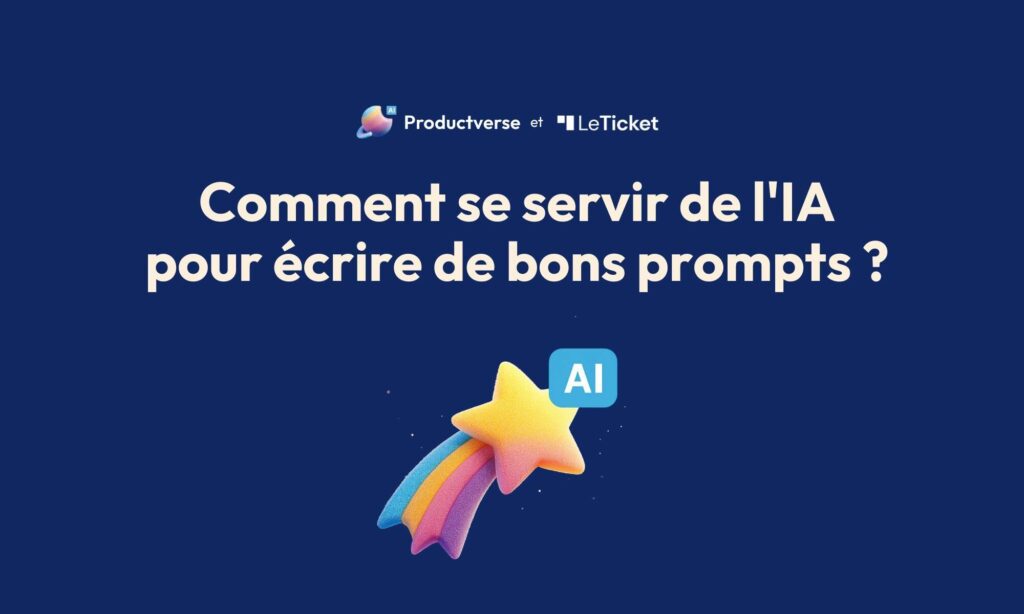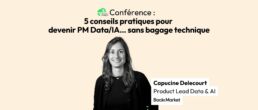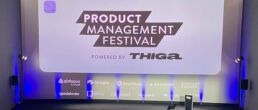Sur le même thème
School of Product 2025 : Nos 8 moments forts à retenir
Découvre nos apprentissages clés de la School of Product 2025, la grande conférence produit automnale organisée par OCTO Technology.
Les 5 conseils pratiques pour devenir PM Data/IA… sans bagage technique (par la lead Data PM de Backmarket)
Compte-rendu de l'intervention de Capucine Delecourt, Lead Data PM Back Market, la lors de la School of Product 2025.
Growth : Les 10 tactiques qui ne marchent jamais selon Elena Verna
Synthèse de la leçon magistrale d'Elena Verna (Miro, Amplitude, Lovable) sur les 10 idées reçues sur la Growth, chez Lenny's podcast.
Product Management : Le prompt pour écrire des tickets avec l’IA (qui marche vraiment)
Le leader produit Olivier Courtois partage le prompt de son assistant IA de rédaction de tickets avec ChatGPT, pour les Product Managers.
Comment créer un copilote IA pour gérer son backlog et communiquer ses avancées grâce aux MCP
Le leader produit Olivier Courtois dévoile comment il utilise les serveurs MCP de Linear, Notion ou Figma pour accélérer son process produit.
Product Management Festival 2025 : Nos 5 apprentissages clés de la conférence
Retour en image sur le Product Management Festival, organisé par Thiga à Zurich, l’un des événements majeurs de la scène produit européenne.








